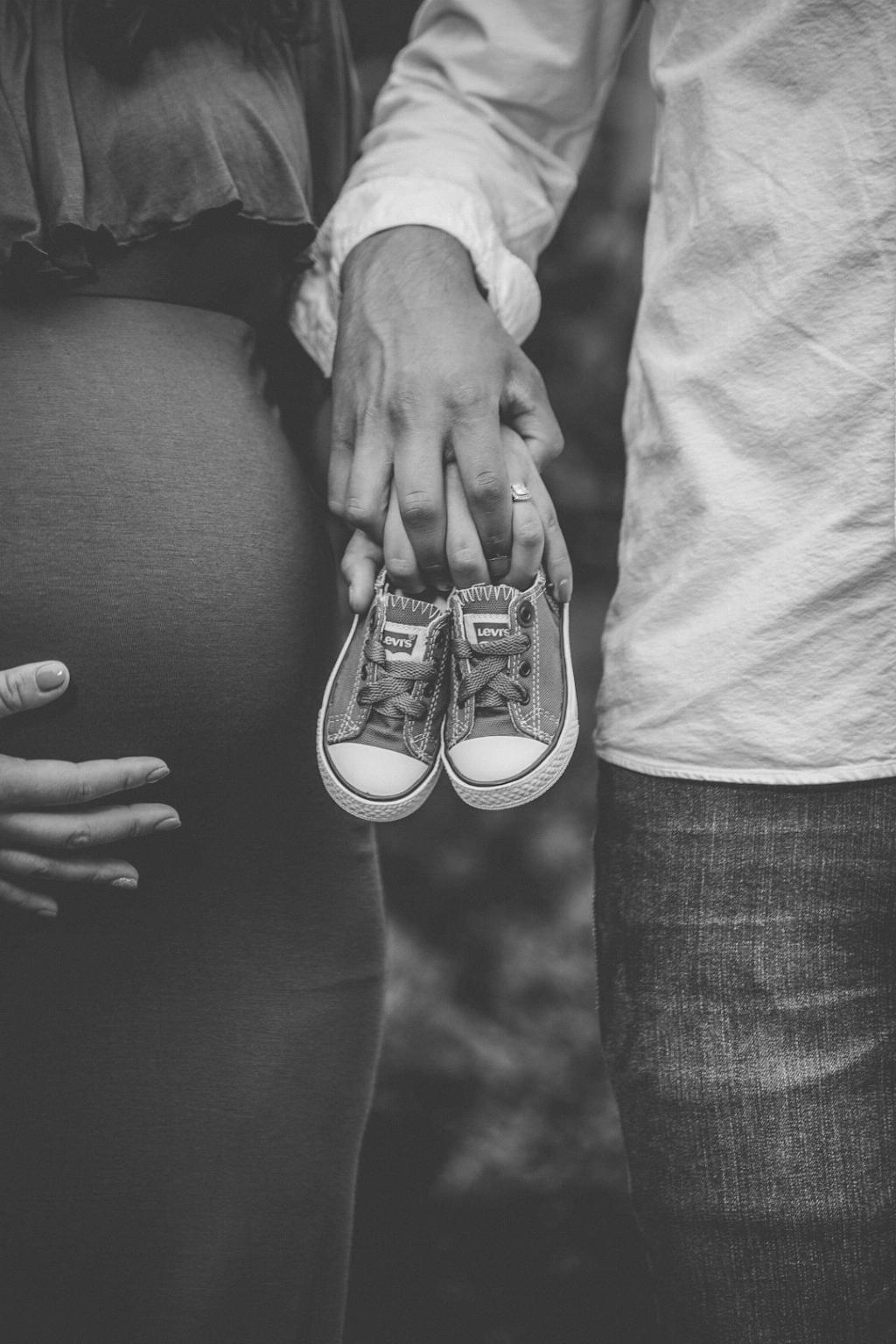One of the common concerns many women have when they experience back pain during early pregnancy is whether it is a normal symptom or something they should be worried about. Specifically, one sided back pain can be particularly concerning as it may raise questions about the health of the pregnancy. Let’s delve into this topic and explore whether one sided back pain is a common occurrence in early pregnancy.
Understanding One Sided Back Pain
One sided back pain during early pregnancy can manifest as a deep ache felt below the waistline, on either one side or both sides of the back, or even across the tailbone. This type of pain can vary in intensity and may be accompanied by other symptoms such as cramping or discomfort in the pelvic region.
The Role of Hormones
During early pregnancy, the body undergoes significant hormonal changes as it prepares for the growth and development of the baby. One of the key hormones involved is relaxin, which helps to loosen ligaments and joints in the pelvic area to accommodate the expanding uterus. This hormonal shift can affect the support structures in the back, leading to discomfort and one sided back pain.
Changes in Posture
As the pregnancy progresses, changes in posture to accommodate the growing belly can also contribute to back pain. This shift in the center of gravity can put strain on the lower back, leading to one sided discomfort. Additionally, the expanding uterus can compress nerves in the back, further exacerbating the pain.
Weight Gain
Weight gain is a natural part of pregnancy, and the additional pounds can put strain on the back muscles and spine. This added pressure, particularly on one side of the back, can result in localized pain and discomfort. Proper support through ergonomic practices and gentle exercises can help alleviate some of this strain.
Round Ligament Pain
Another common cause of one sided back pain in early pregnancy is round ligament pain. The round ligaments are a pair of ligaments that support the uterus and stretch as the uterus expands. When these ligaments are stretched or strained, they can cause sharp, shooting pains on one side of the abdomen or back.
When to Consult Your Healthcare Provider
While mild to moderate one sided back pain is often considered a normal part of early pregnancy, it is important to pay attention to any concerning symptoms. If the pain is severe, persistent, or accompanied by other symptoms such as vaginal bleeding, fever, or numbness, it is essential to consult your healthcare provider for further evaluation.
Managing One Sided Back Pain
Fortunately, there are several strategies that can help manage one sided back pain during early pregnancy. Practicing good posture, regular stretching exercises, using supportive pillows, applying heat or cold packs, and seeking prenatal massage or chiropractic care can all provide relief from discomfort.
Emotional Well-being
It is also important to acknowledge the emotional aspect of experiencing back pain during pregnancy. The physical discomfort can take a toll on your mental well-being, so it is crucial to prioritize self-care and seek support from your partner, friends, or healthcare provider if needed.
Conclusion
In conclusion, one sided back pain during early pregnancy is a common occurrence that can be attributed to hormonal changes, shifts in posture, weight gain, round ligament pain, and other factors. While it is usually considered a normal symptom, it is essential to monitor the pain and seek professional advice if it becomes severe or is accompanied by concerning symptoms. By taking proactive steps to manage back pain and prioritize self-care, you can navigate through this aspect of early pregnancy with greater comfort and peace of mind.

